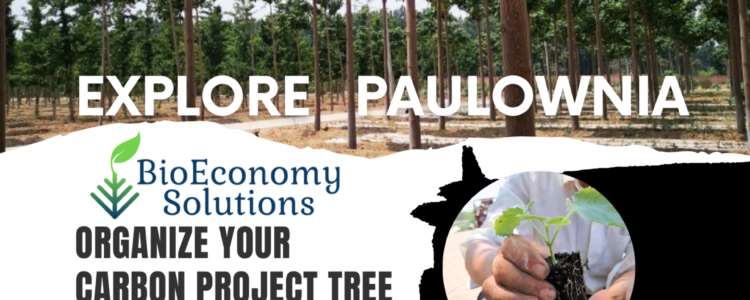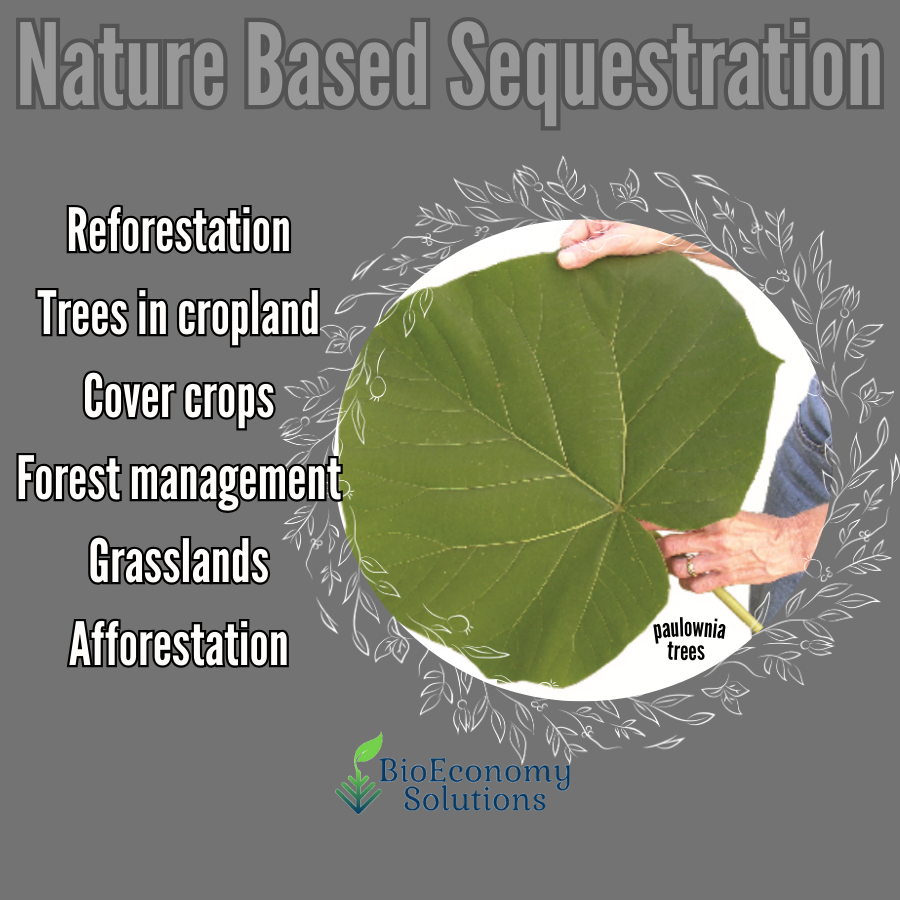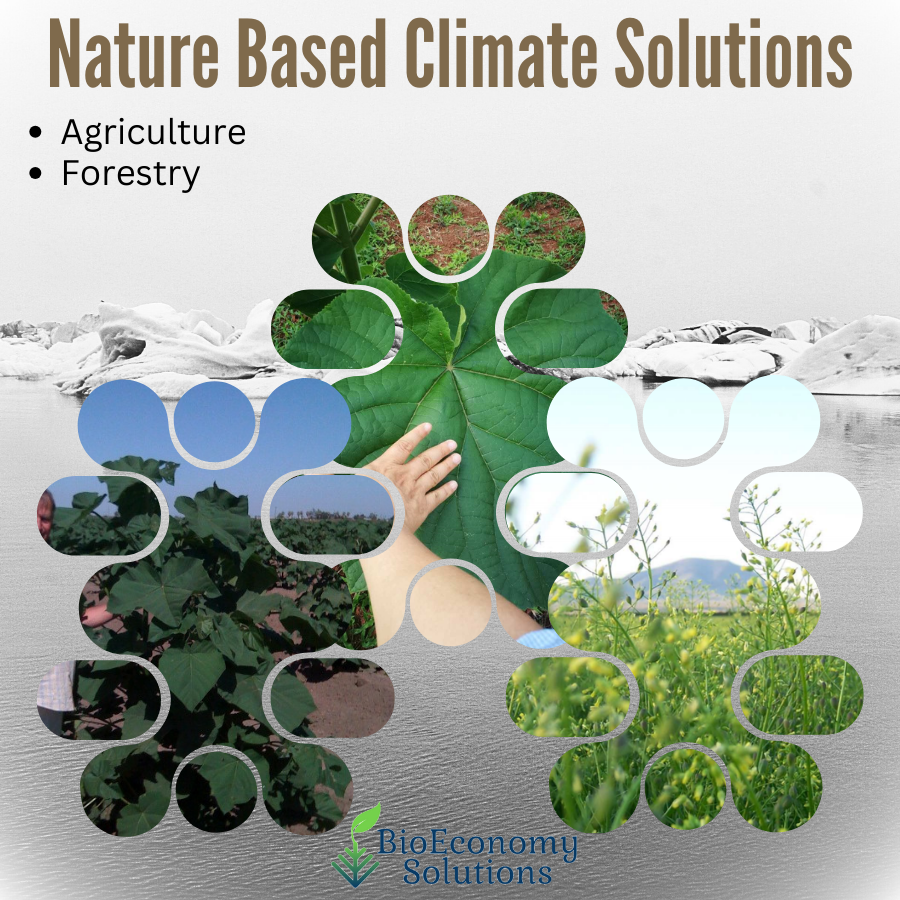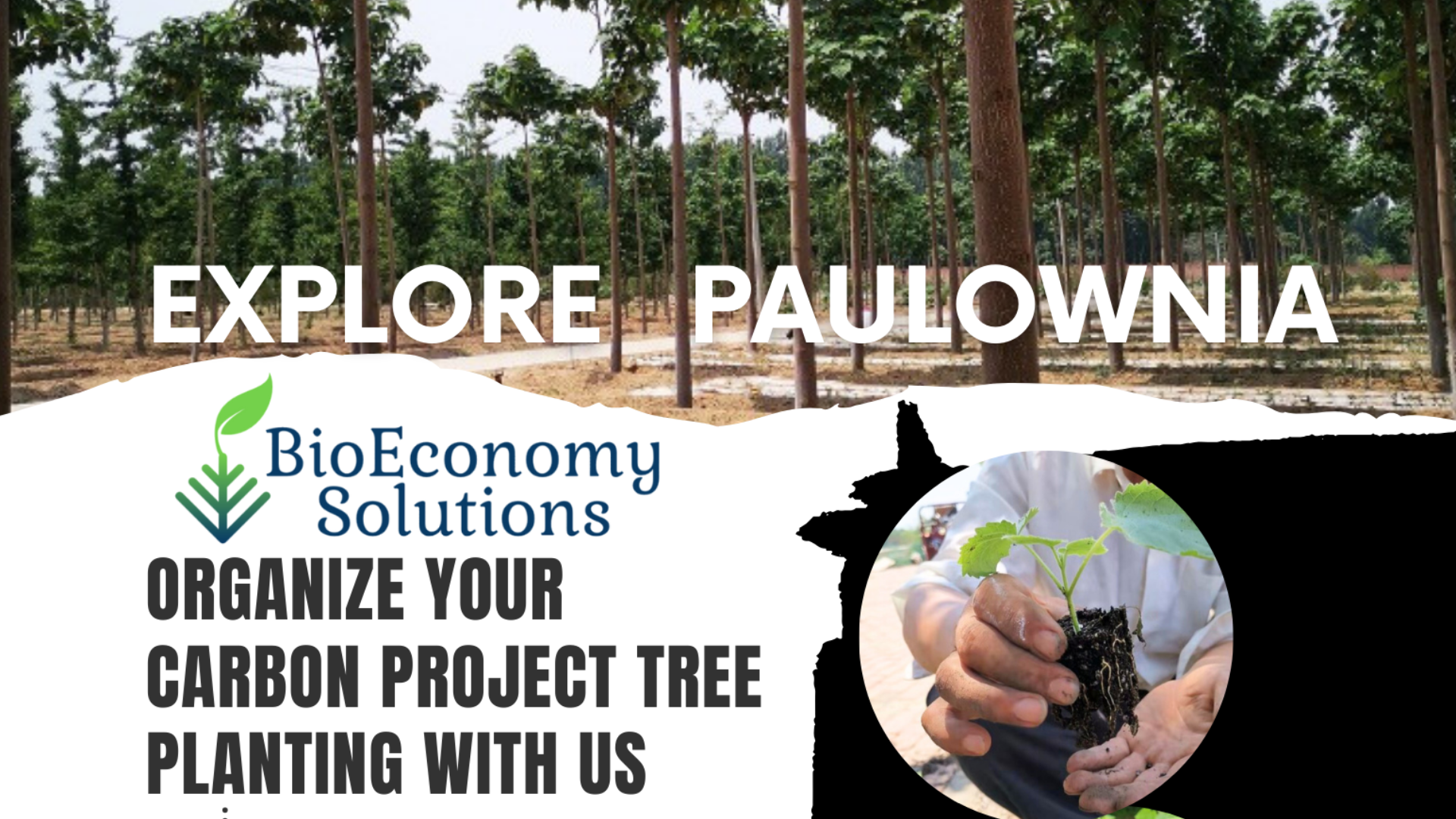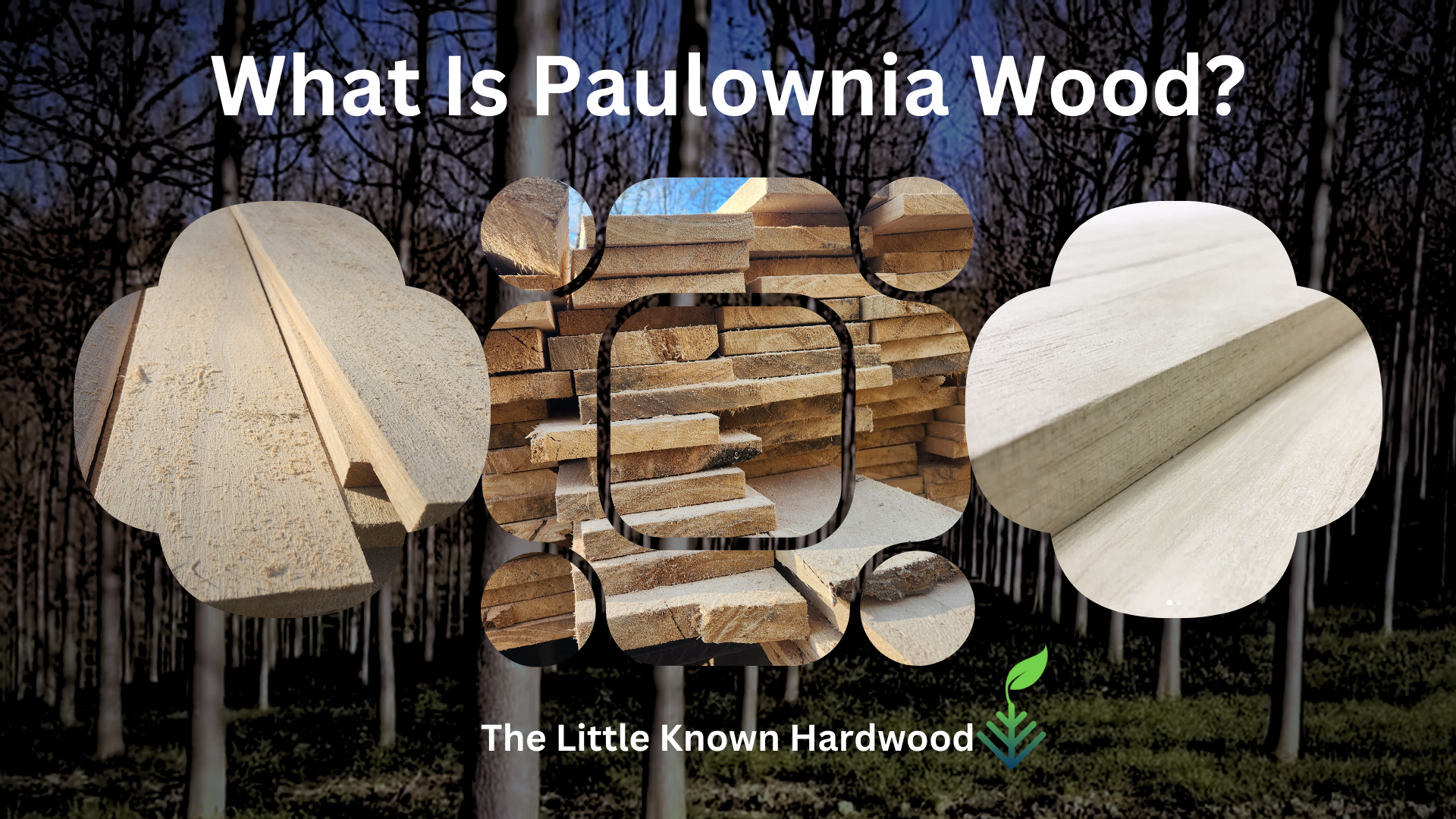
WHAT IS PAULOWNIA?
The first thing is to answer the question of what is Paulownia ? The paulownia’s tree is one of the fastest growing trees on earth. Once harvested, you do not have to replant it as it will regrow new shoots from the stumpage. It’s a leafy fast growing tree that belongs to the family of paulowniaceae, it is one of the deciduous trees leaf. It has its origin in Southeast Asia, specifically Chinese, it is also known as the Empress tree.
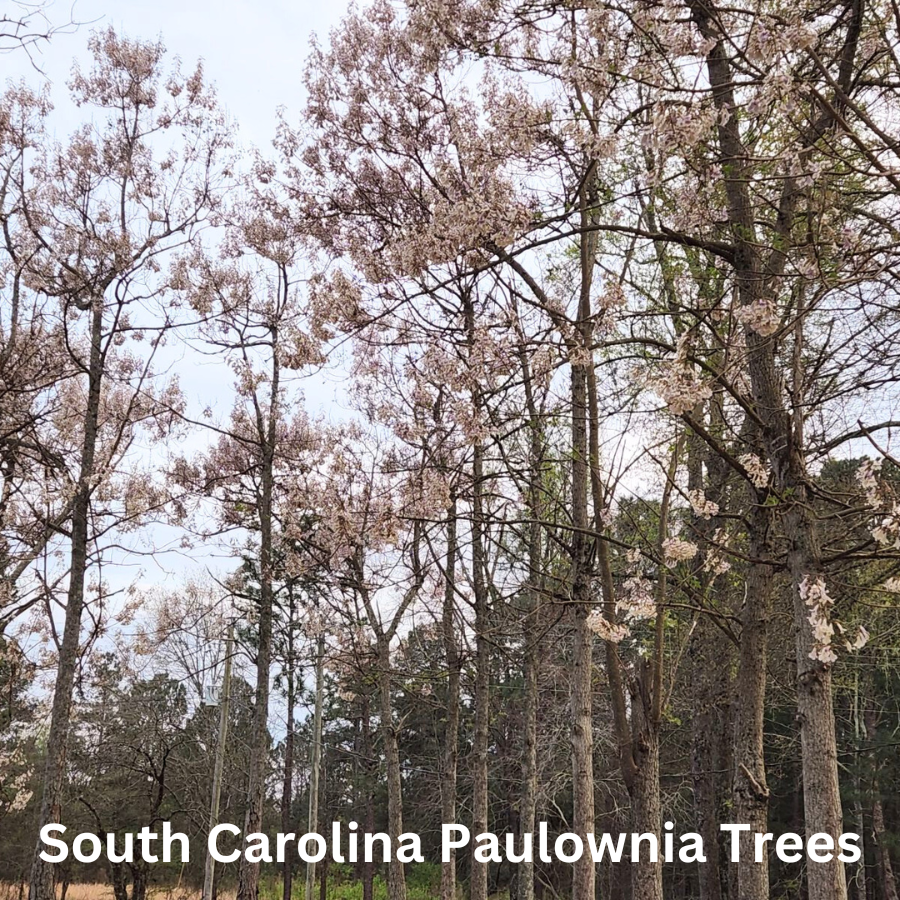
In Japan it is commonly known as kiri, reaches 15 feet in height in its first year, this type of development is more typical of a plant than a tree.
This fact has a positive impact on our planet, since it greatly helps to combat climate change for carbon projects which nowadays it’s something very valuable for a nature based solution.
A full growth paulownia tree captures 10 times more CO2 than the rest of the tree species thanks to its rapid growth.
On the other hand, the Paulownia tree has the reputation of being a miraculous tree because it purifies the soil where it anchors its roots and it is capable of sprouting up to seven times once it has been cut.
The paulownia tree is resistant to pests and diseases due to low oil content and resins. It’s leaves are big they can reach up to 35-40 cm. They are also rich in nitrogen and can be used as an alternative cattle fodder for feeding.
What Is Paulownia Wood? from BioEconomy Solutions on Vimeo.
WHAT IS PAULOWNIA WOOD?
Paulownia wood or kiri wood has a light color with pink reflections and does not have knots and its main characteristic is its lightness, reaching an average density of around at 280 Kg / m3.
Apart from this, thanks to its porosity, Paulownia has great attributes such as its thermal and acoustic insulator. It is also a wood very resistant to humidity and putrefaction, and thanks to its easy handling, it’s a material that users find to be very versatile and easy to handle. Besides this we can also assure that this type of wood also allows users to apply any type of stain, varnish, color.
As we mentioned before, Paulownia is a variety of wood that can add value to any final product which lightness is a relevant parameter.
Empress Wood, Kiri Wood (Paulownia) wood offers many applications and uses.
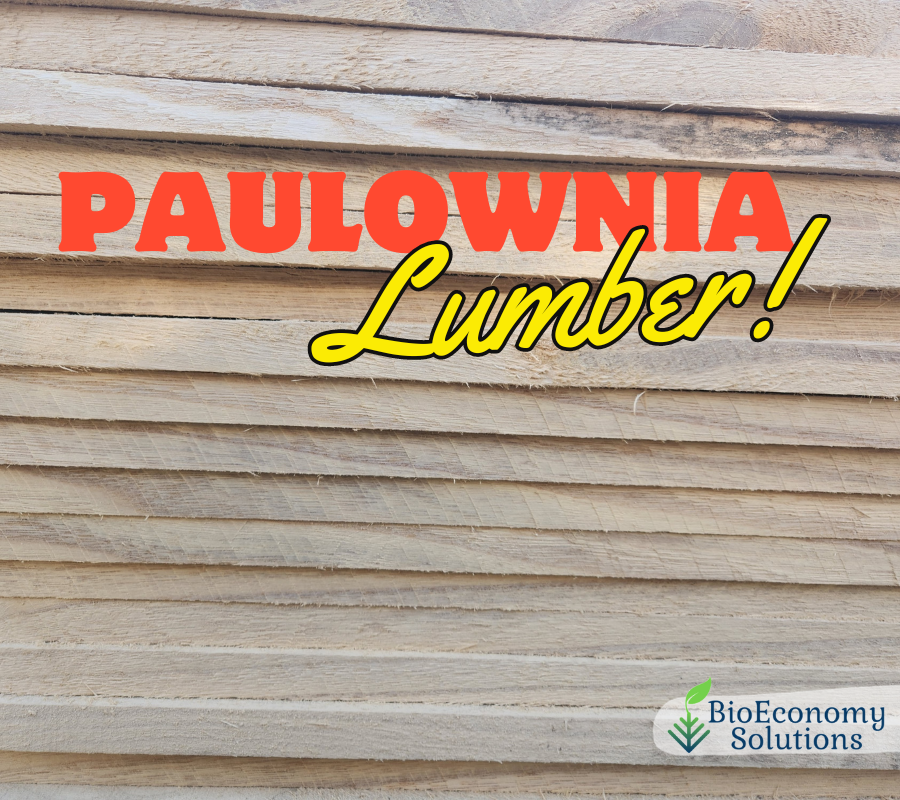
The wood of the paulownia tree produces great sawn lumber as well as for numerous high-quality wood-based materials. In addition to the production of glue-laminated panels and blockboards, Paulownia wood offers excellent material properties for the manufacture of rotary veneer materials such as plywood. Due to its material properties, paulownia wood is mainly used in the Mobility, Construction and Lifestyle sectors.
Areas of application here include:
Musical:
Instruments made from paulownia sounded clear and melodious and lightweight Guitars, Mandolins, Luthier, gayageums
Mobility:
Ship and boat building, surfboards, model airplanes and gliders, and camper construction
Construction:
Ceilings, stairs, windows, mass timber buildings and tiny homes, wooden facades, constructions for trade fairs, events and stages
Lifestyle:
Furniture, home accessories such as vases and bowls, garden furniture, packaging and storage containers.
Medicinal:
Medicinal Uses of Paulownia Biological activity and traditional uses of Paulownia. More than 130 physiologically active constituents have been isolated from different parts of the Paulownia plant.
Sign Up For Paulownia News
https://lp.constantcontactpages.com/sl/2LfSXen
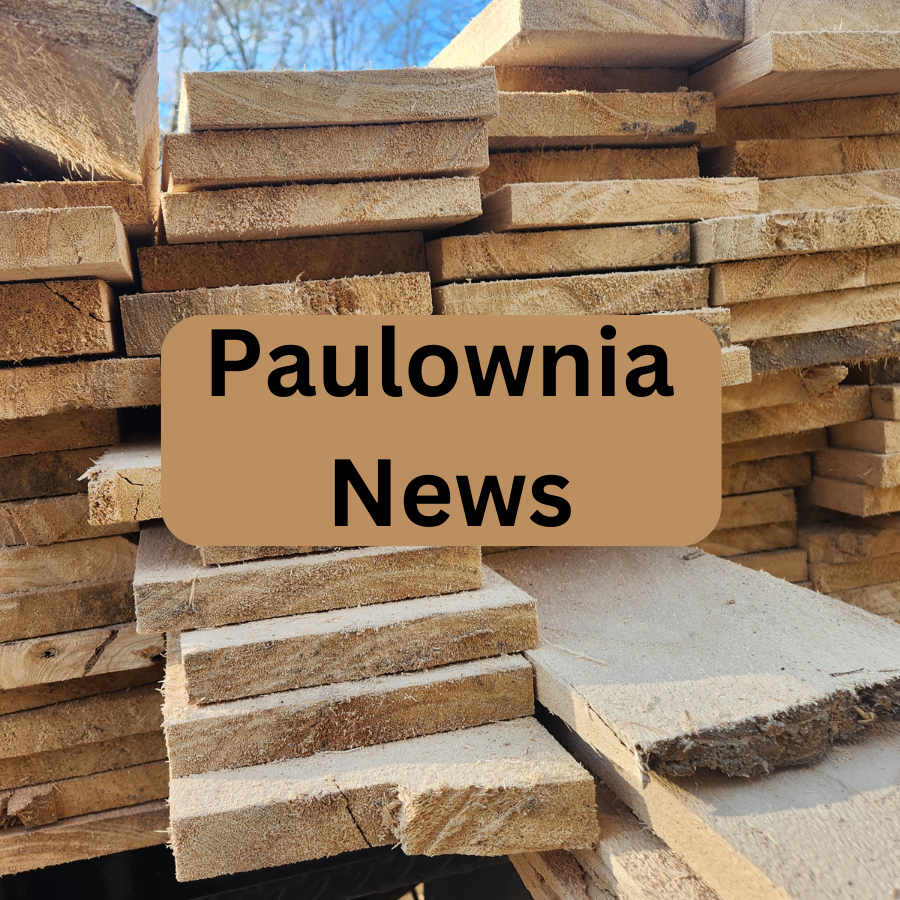
Where To Buy Paulownia? Paulownia Wood For Sale – QUESTIONS?
Visit our web page. https://bioeconomysolutions.com/paulownia-lumber/
We’re happy to organize a time to speak with you about our paulownia trees and lumber we have for sale. Please book your preferred time to speak directly.
Here’s a link to my online calendar/schedule:
www.bioeconomysolutions.com/bookcall
BioEconomy Solutions
Office: 843.305.4777
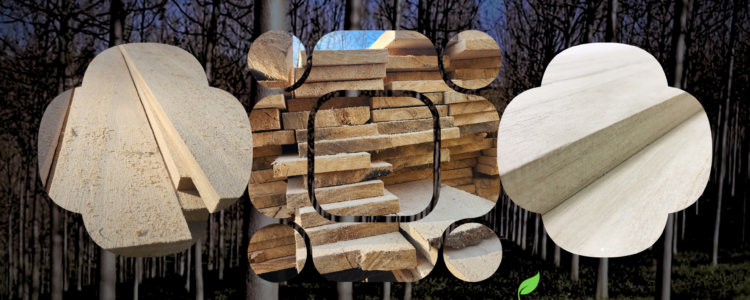
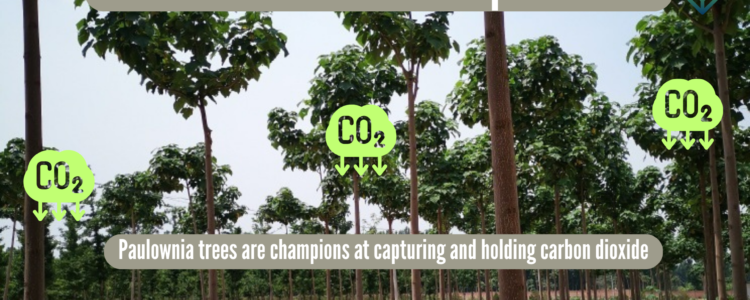
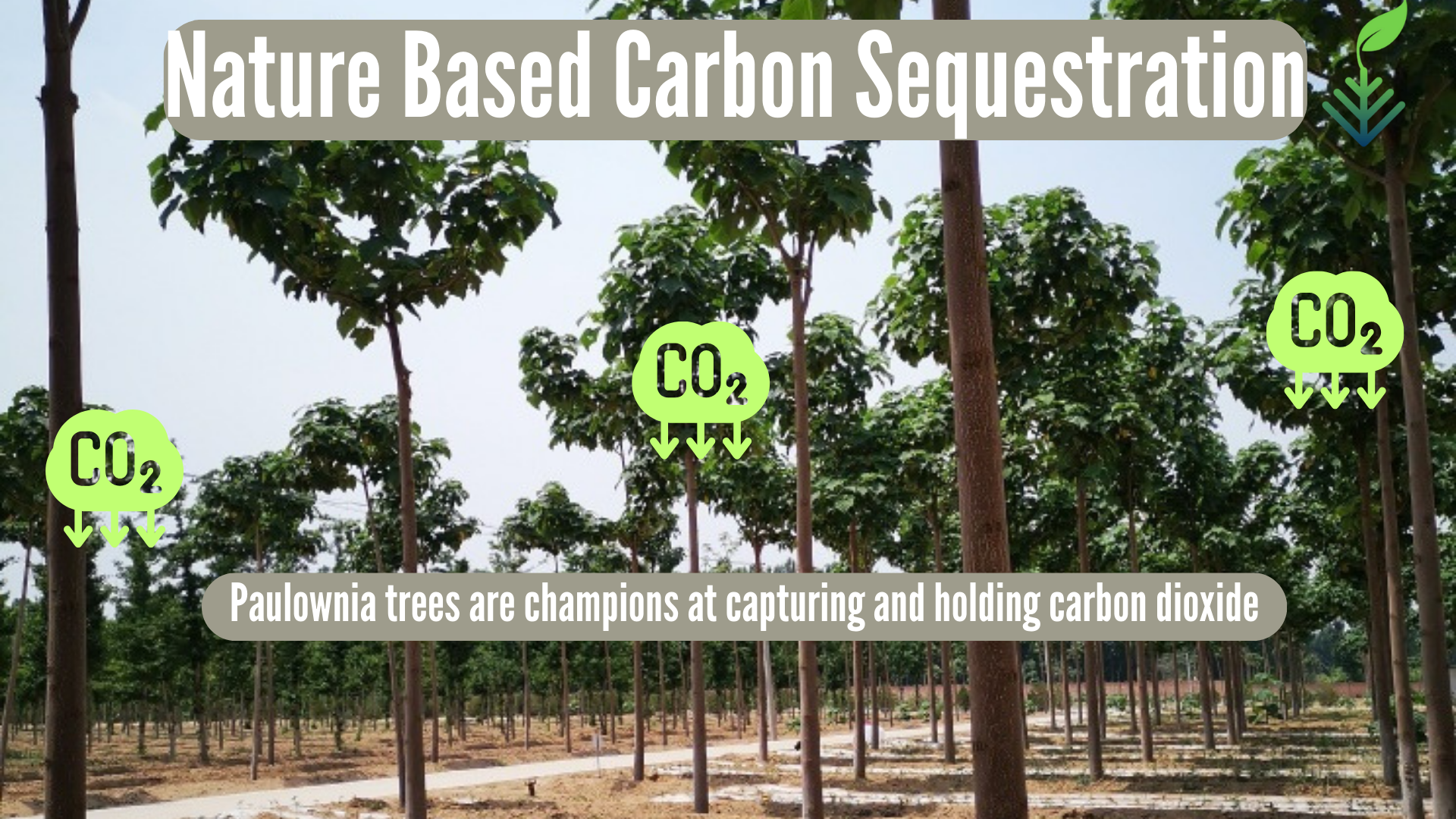

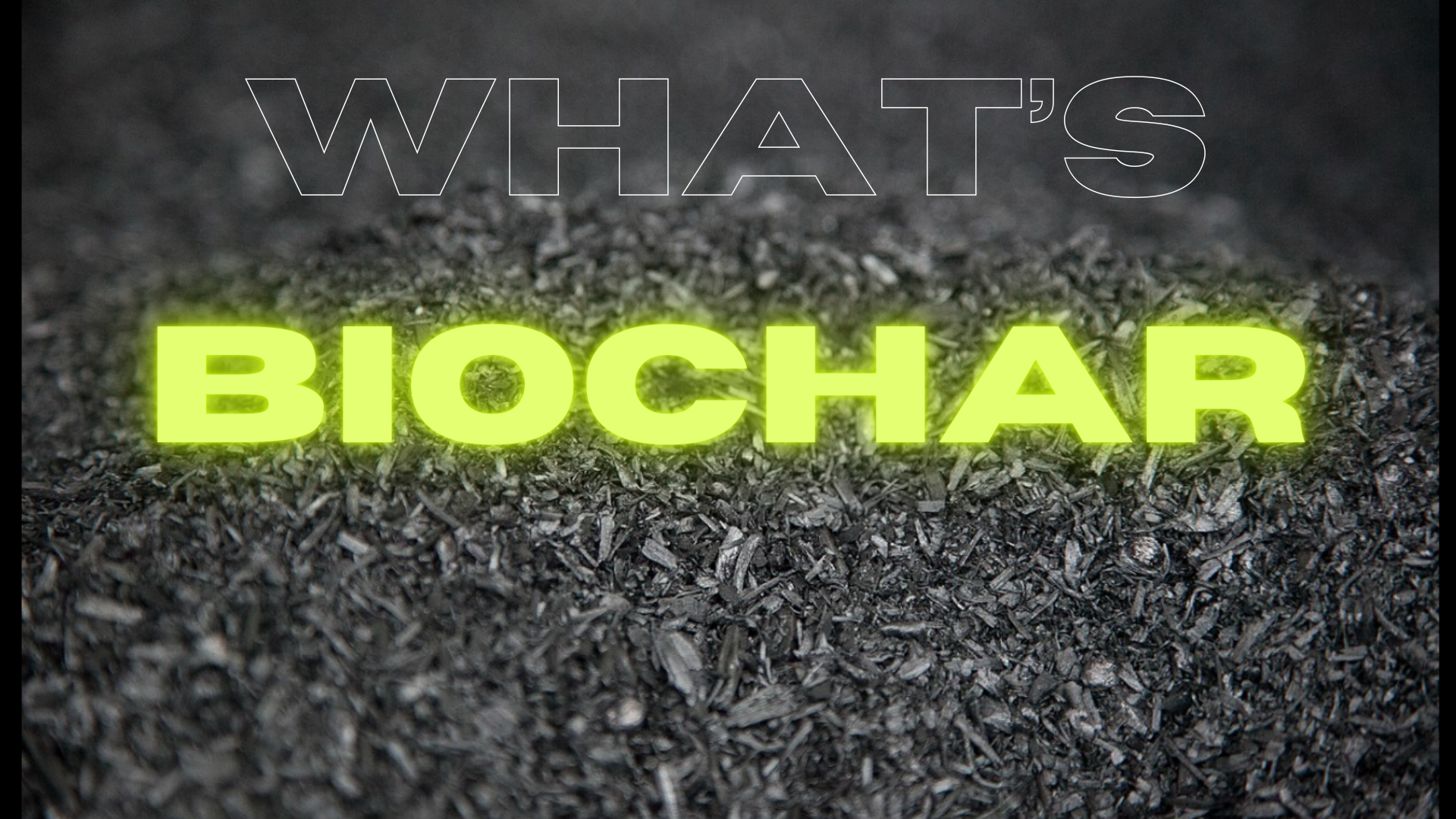
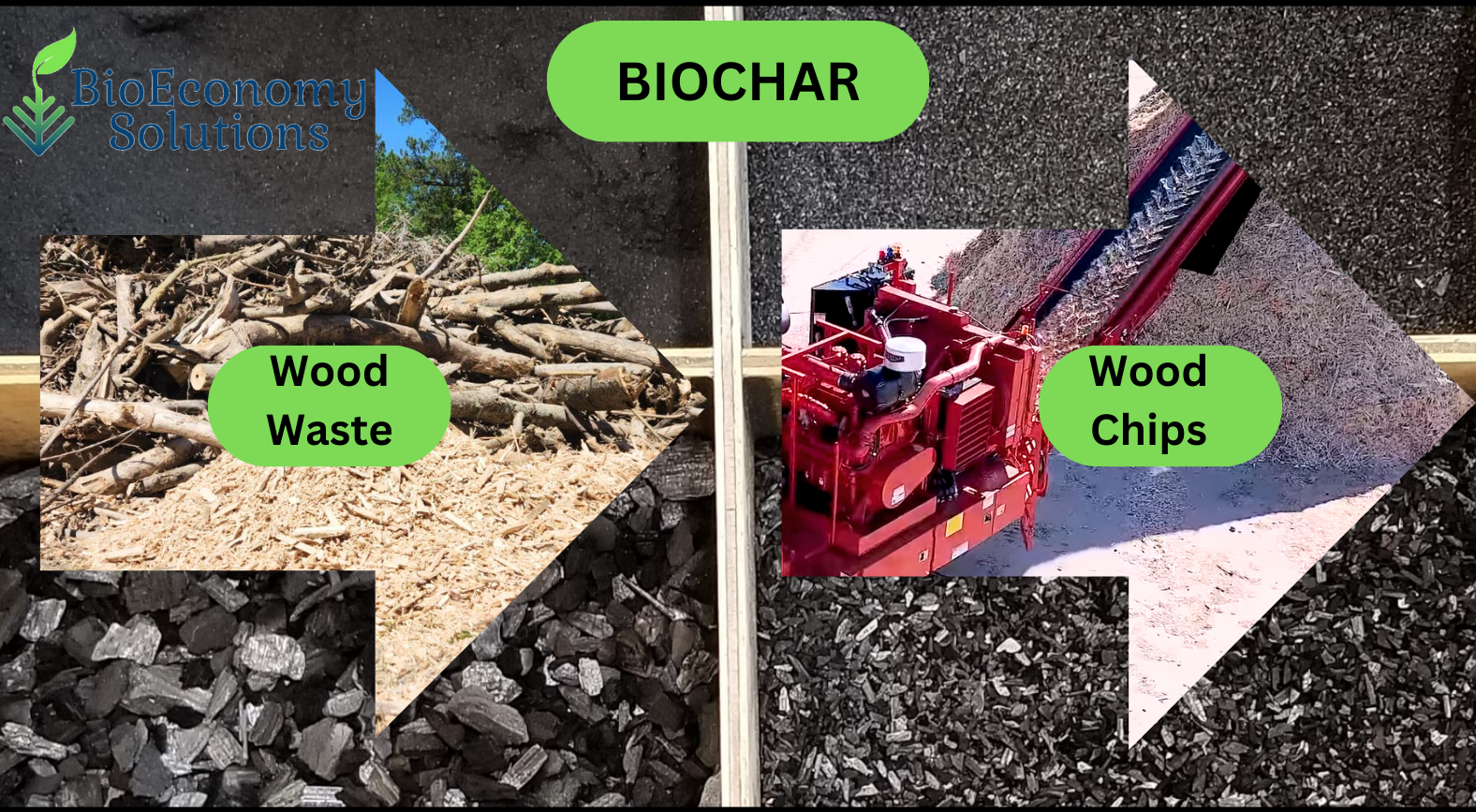
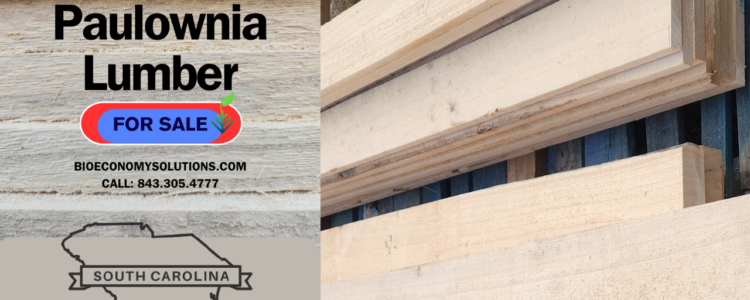
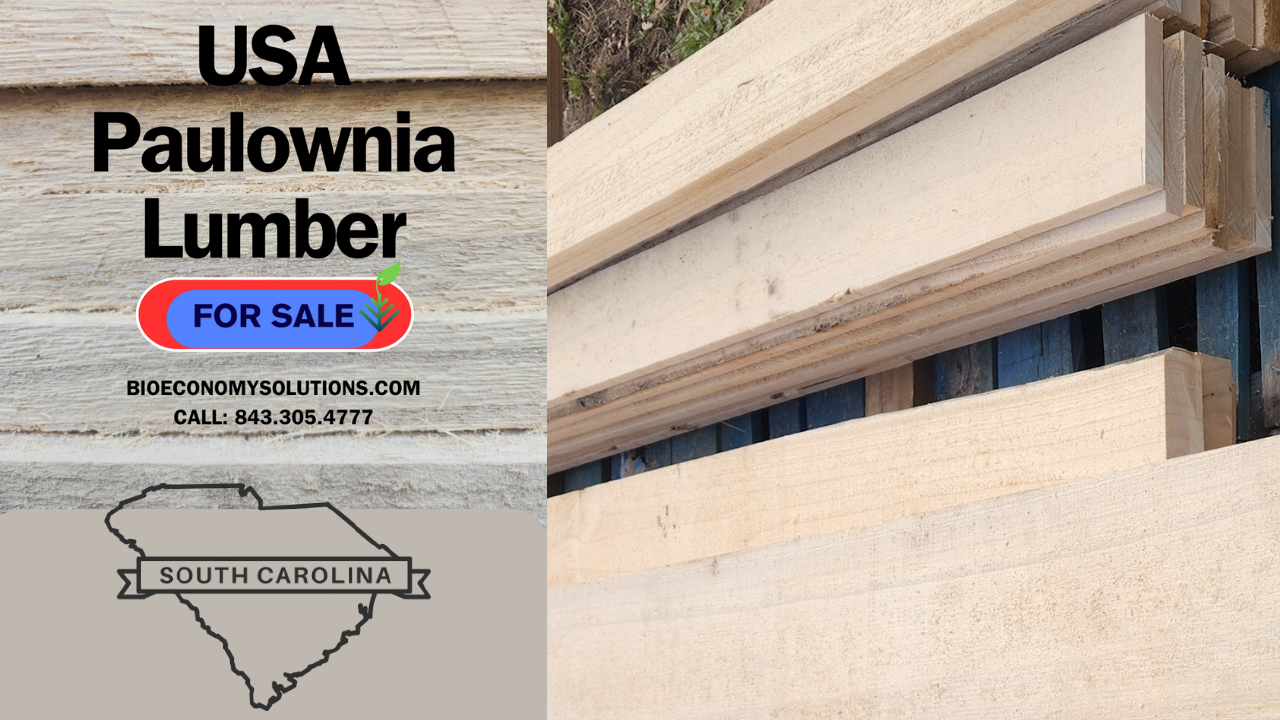

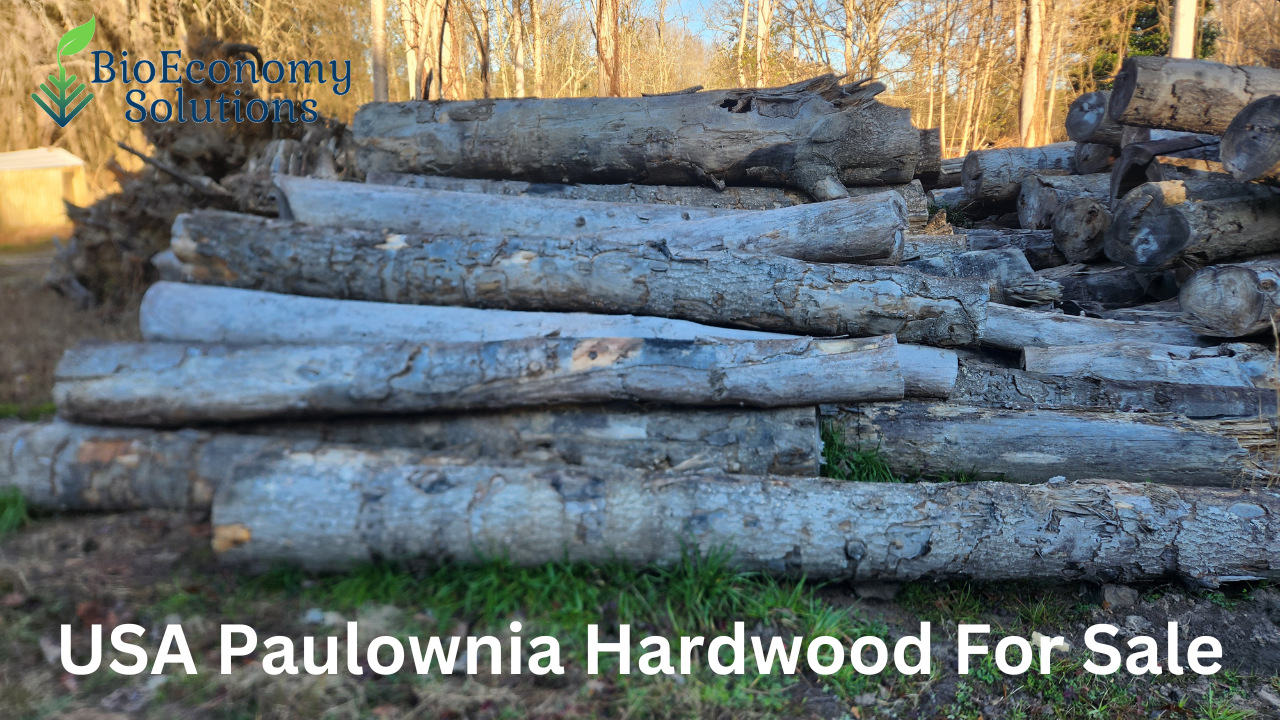
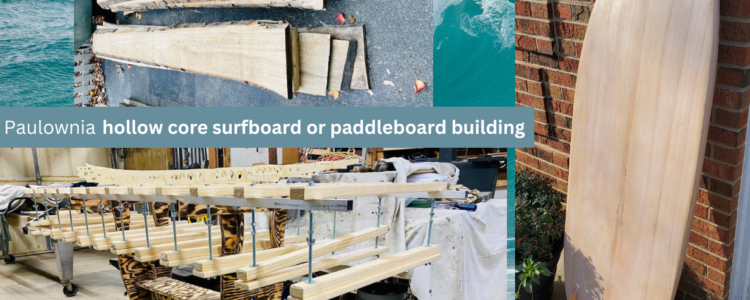
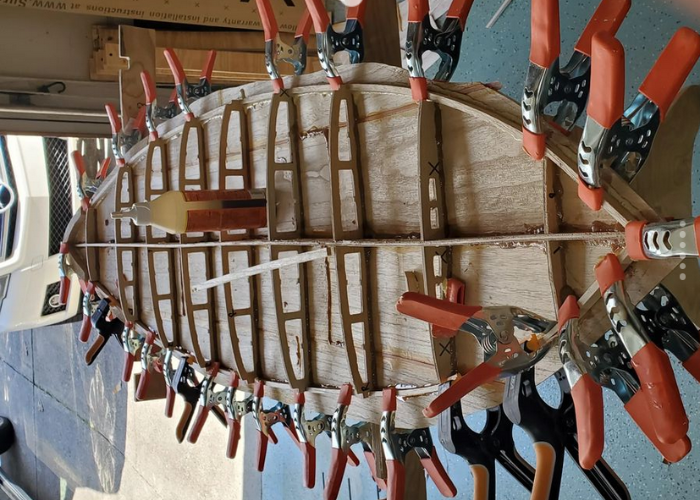
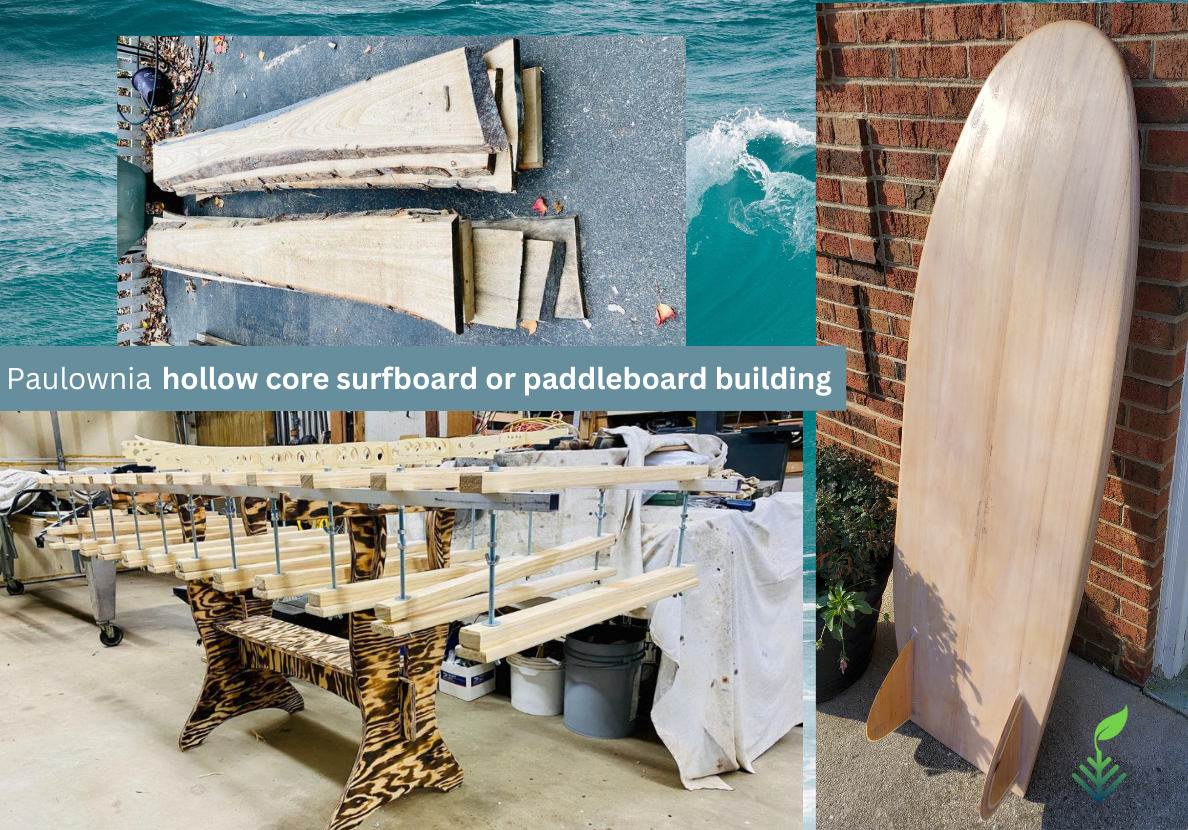 Weather you are a hobbyist or full time manufacturing company, paulownia wood grown in South Carolina USA may be a new expression of your talent.
Weather you are a hobbyist or full time manufacturing company, paulownia wood grown in South Carolina USA may be a new expression of your talent.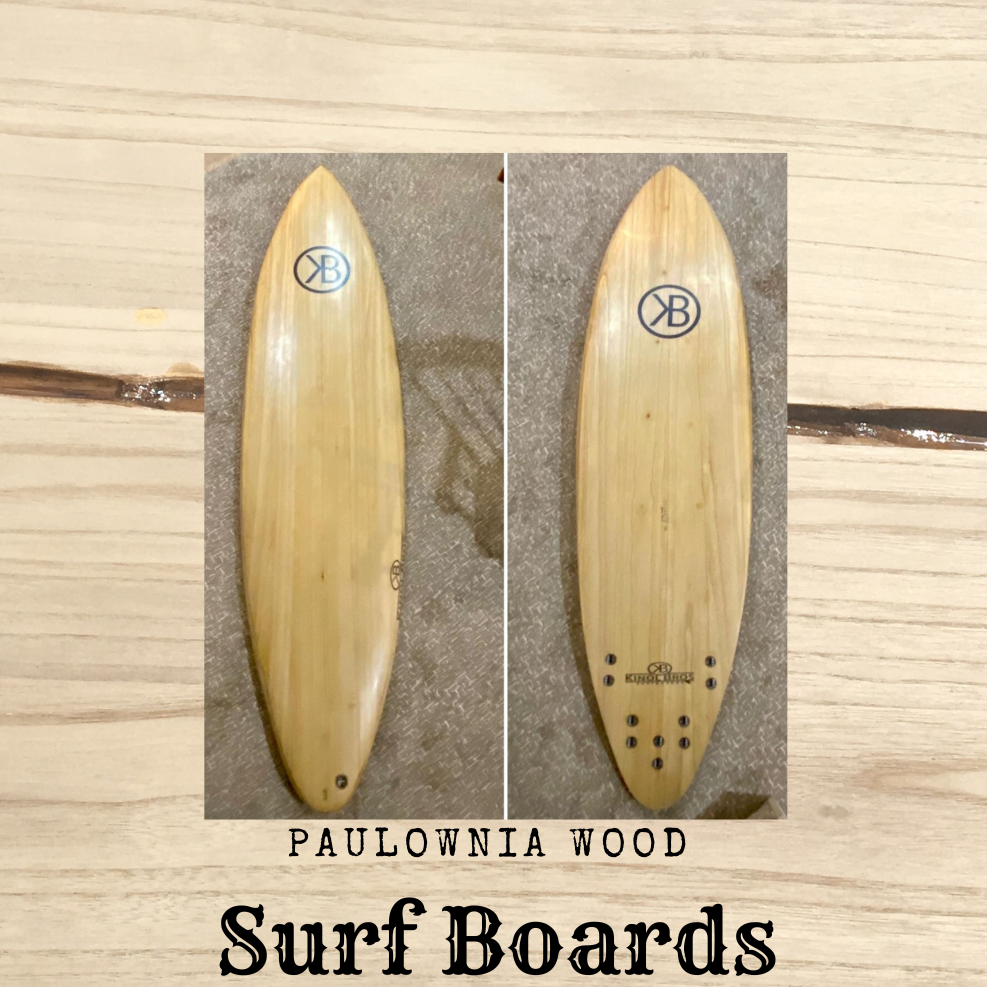
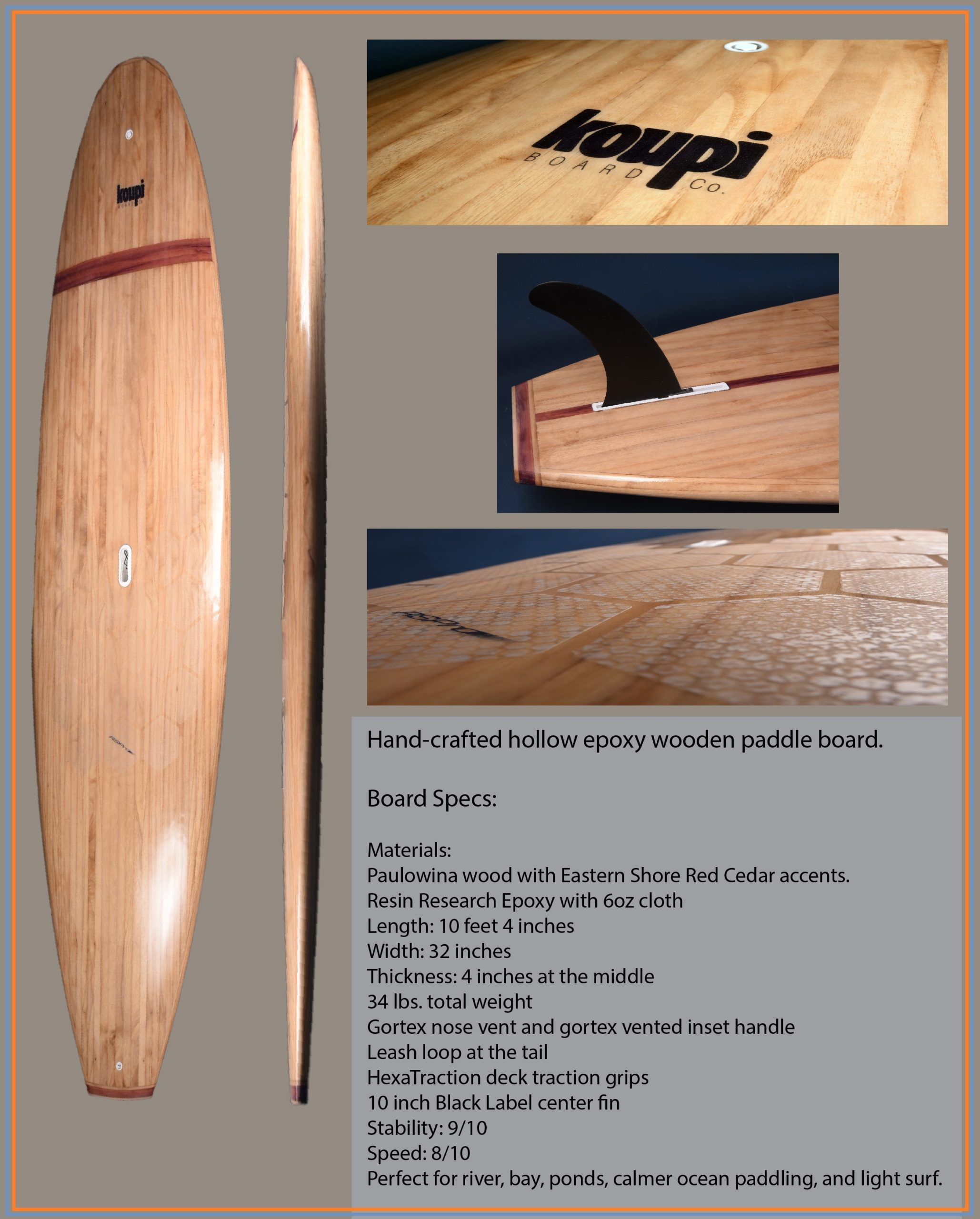
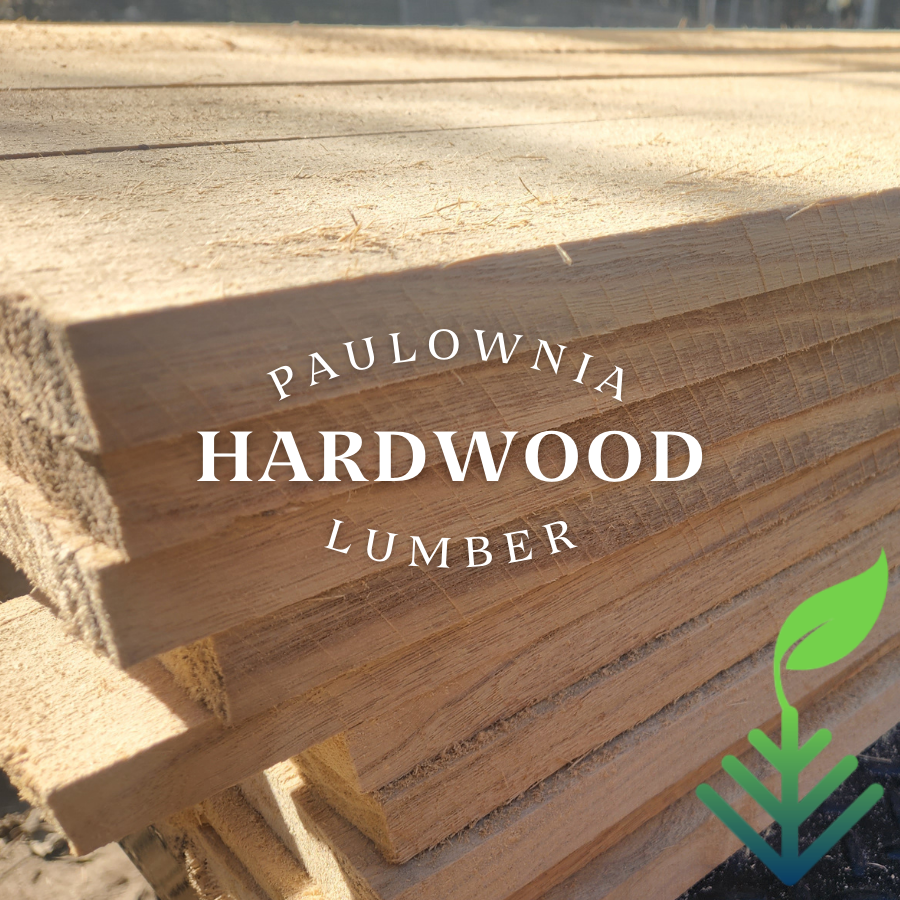

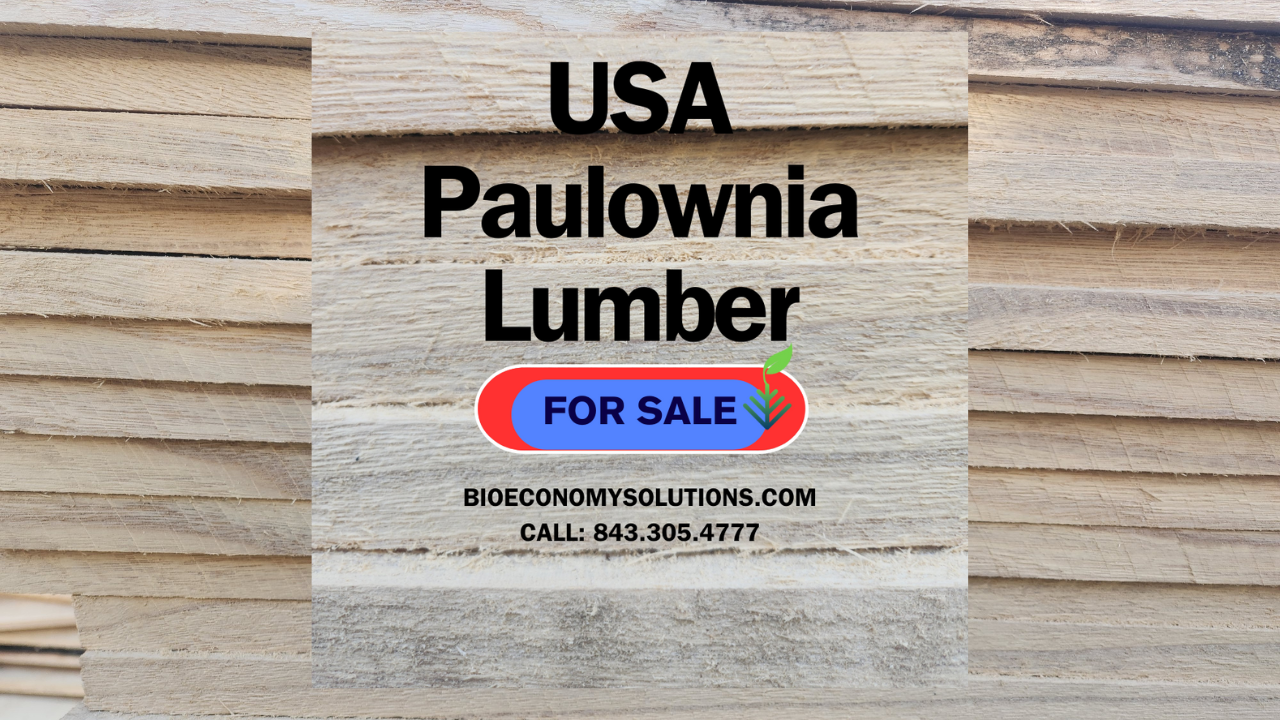
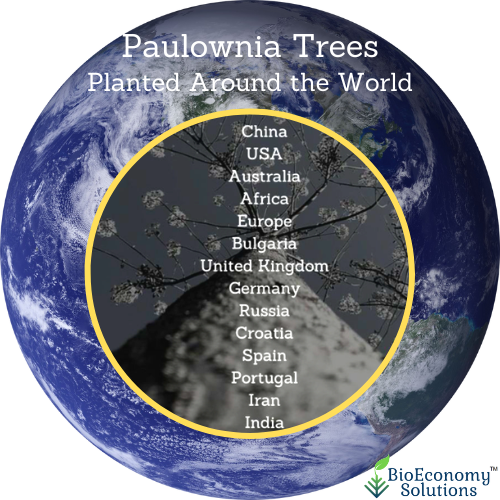
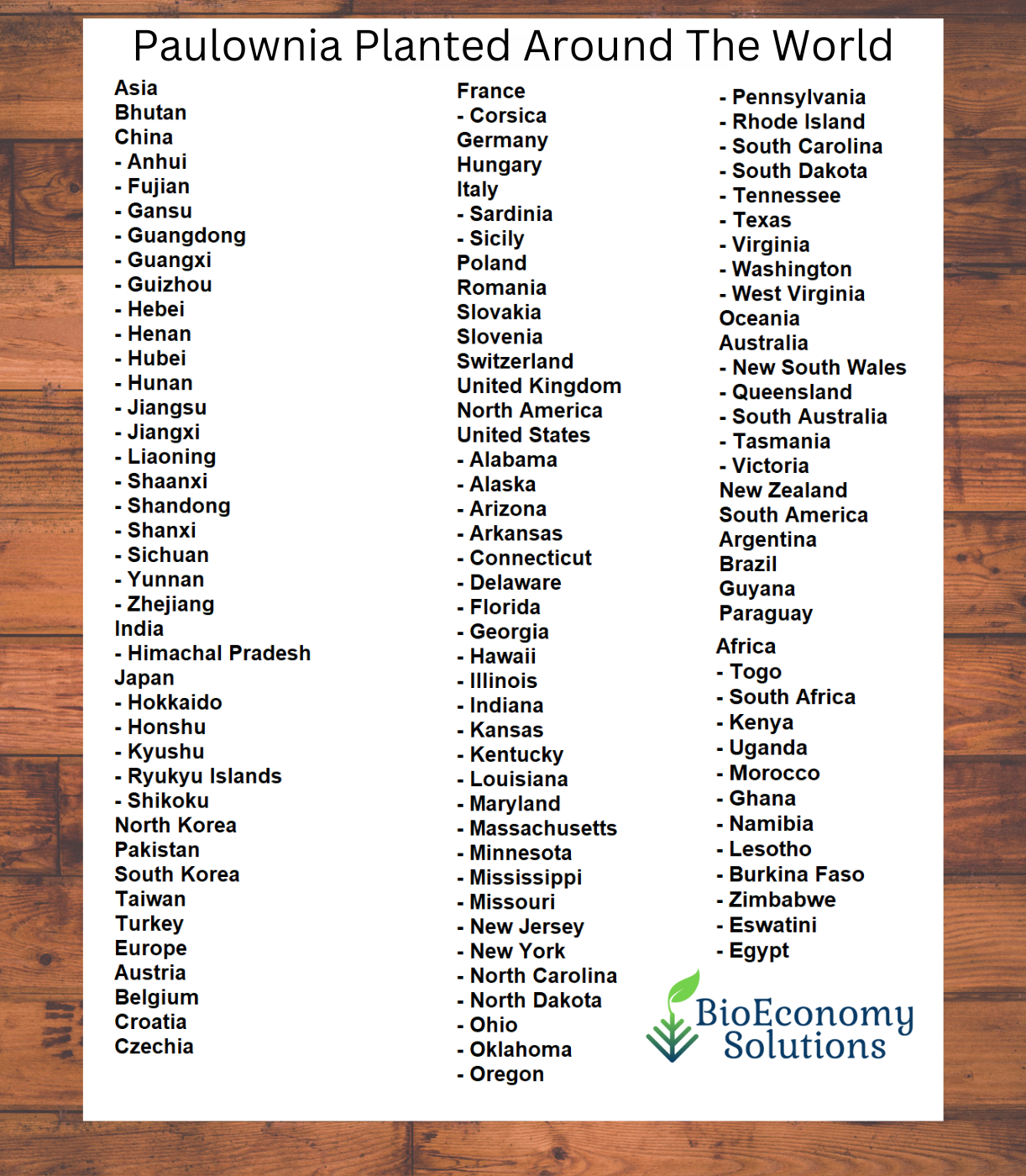
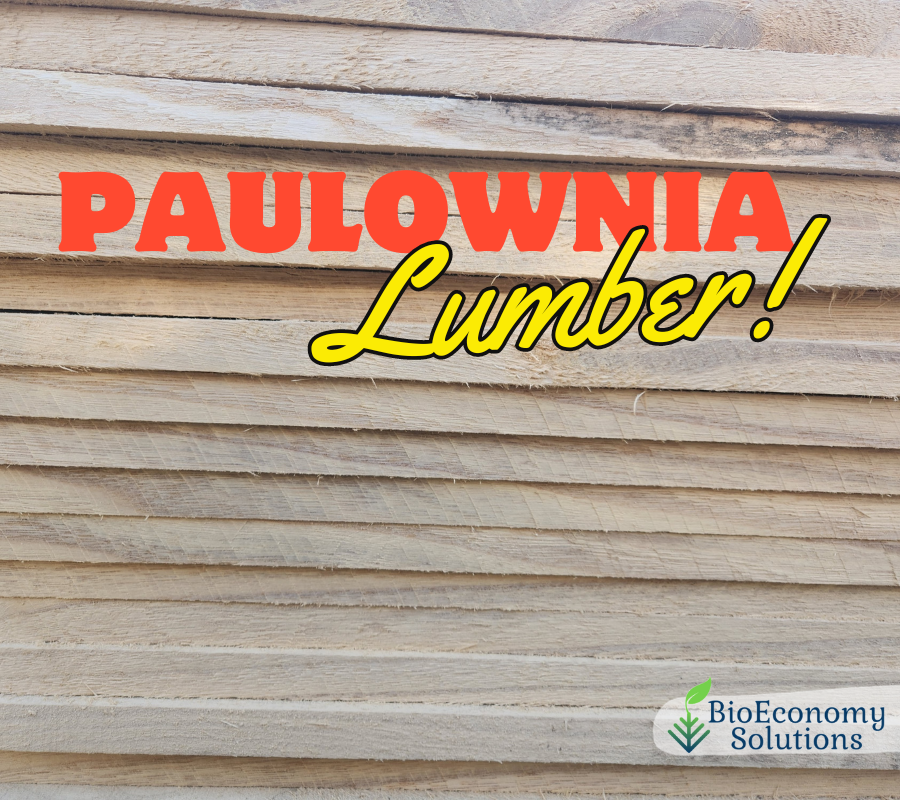
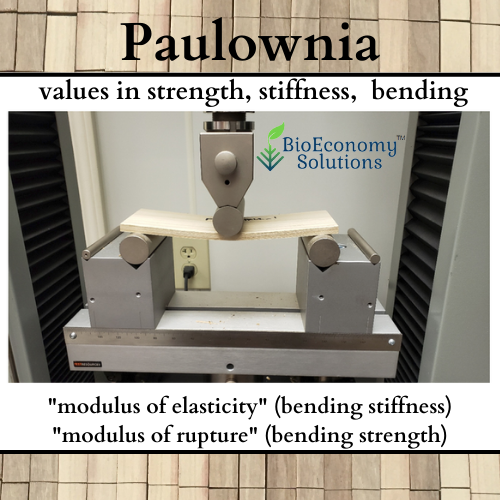
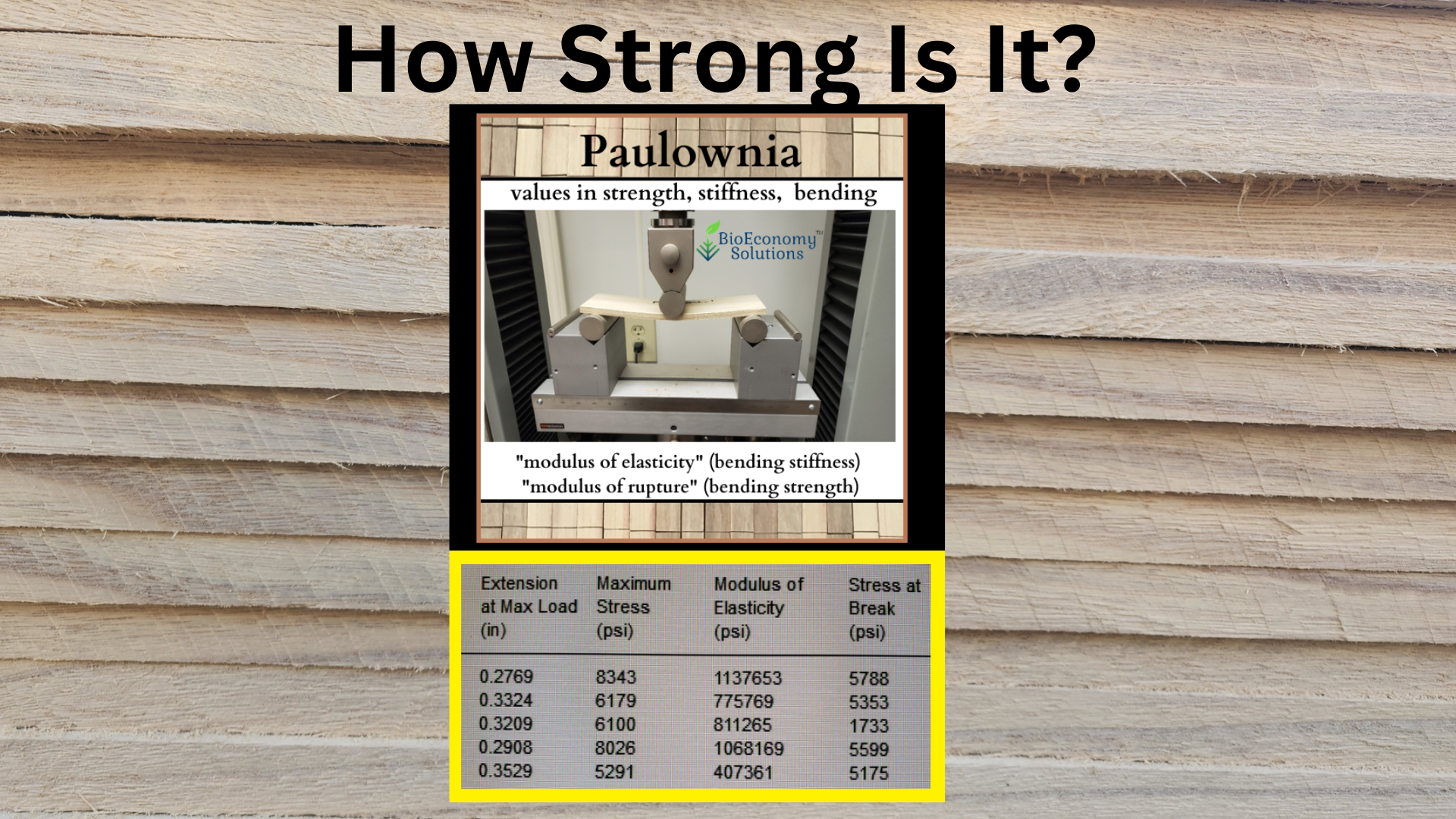 Where to buy paulownia? We’re providing paulownia lumber from our U.S. South Carolina Paulownia tree farm facility.
Where to buy paulownia? We’re providing paulownia lumber from our U.S. South Carolina Paulownia tree farm facility.